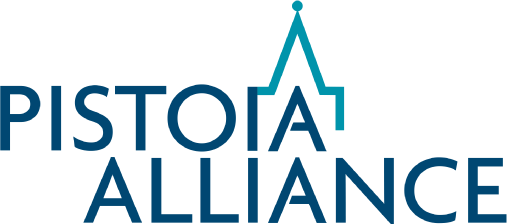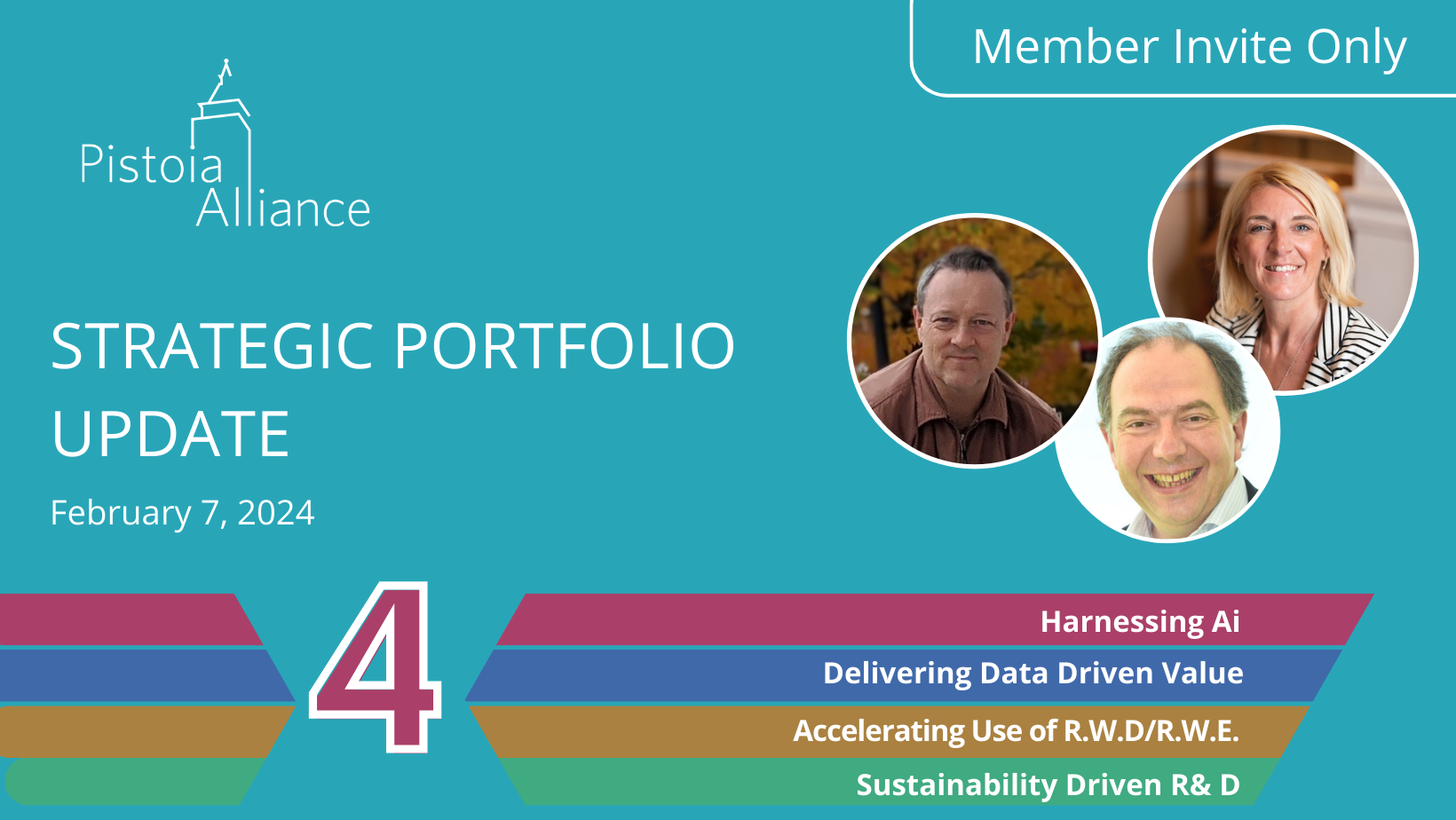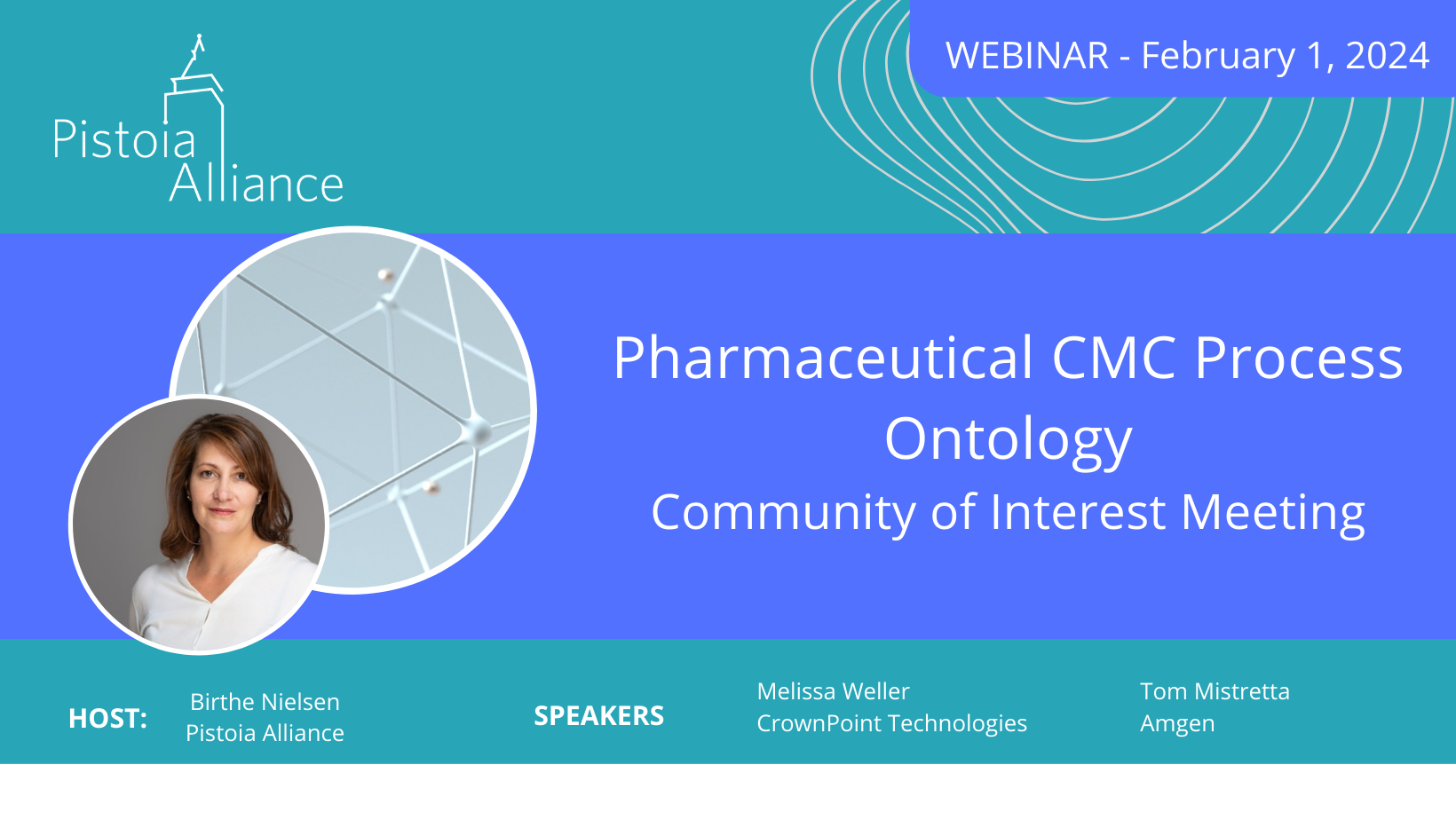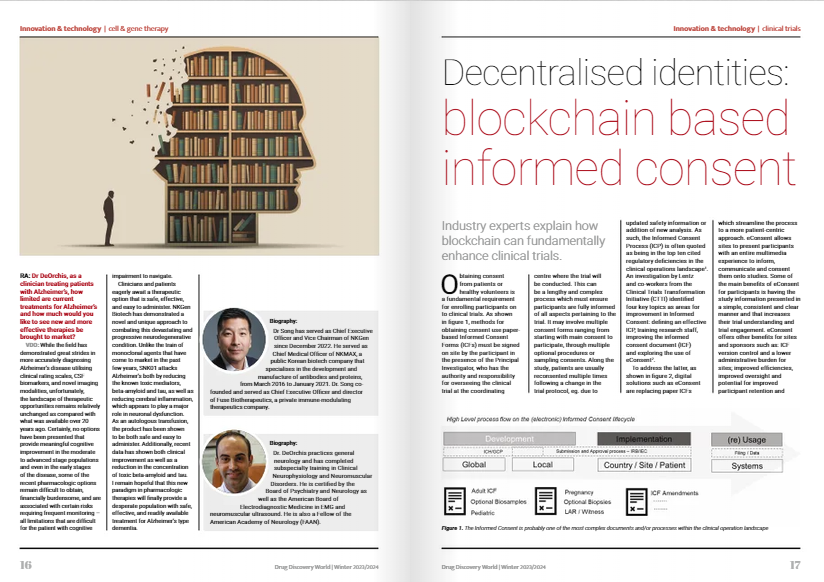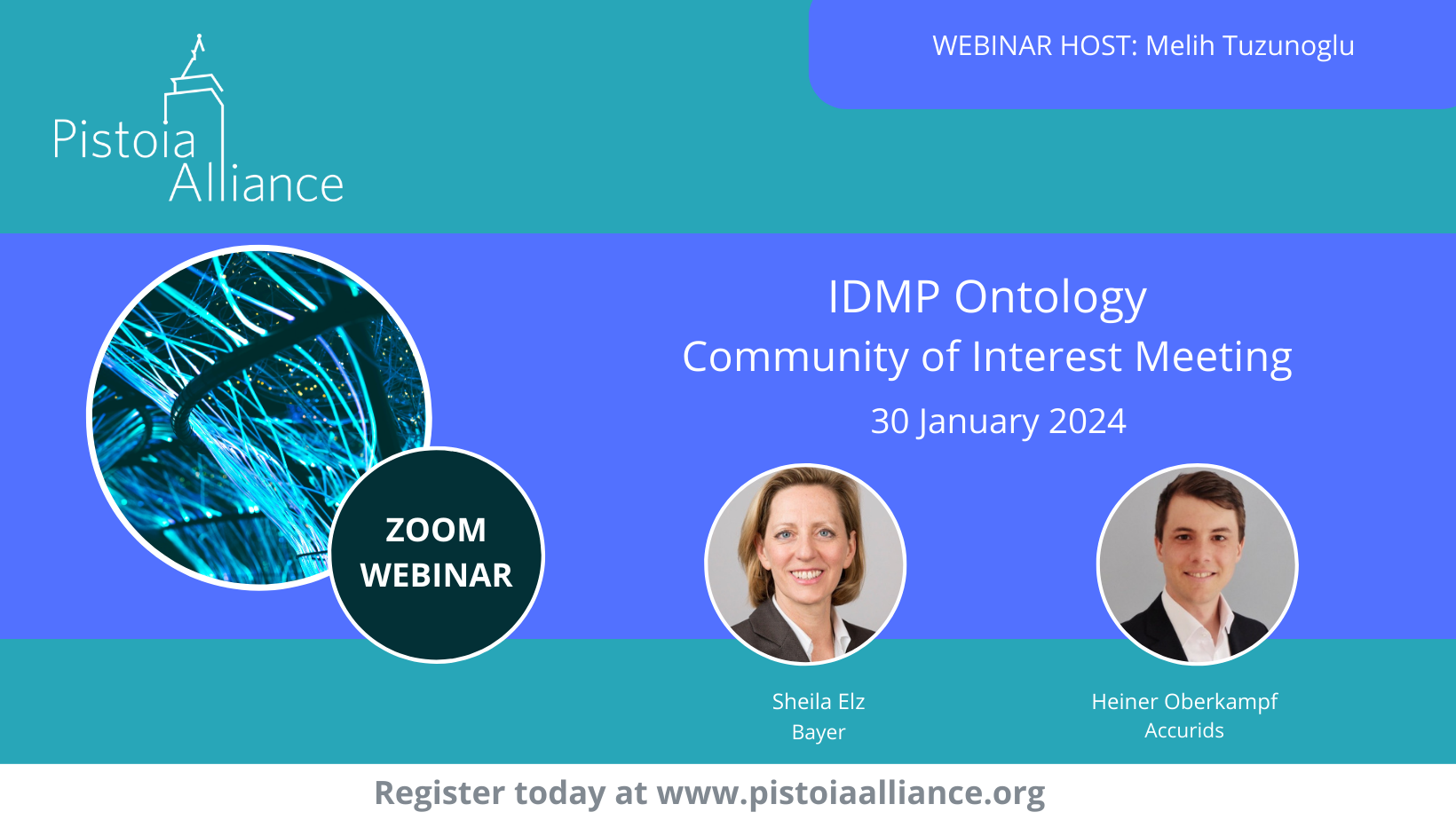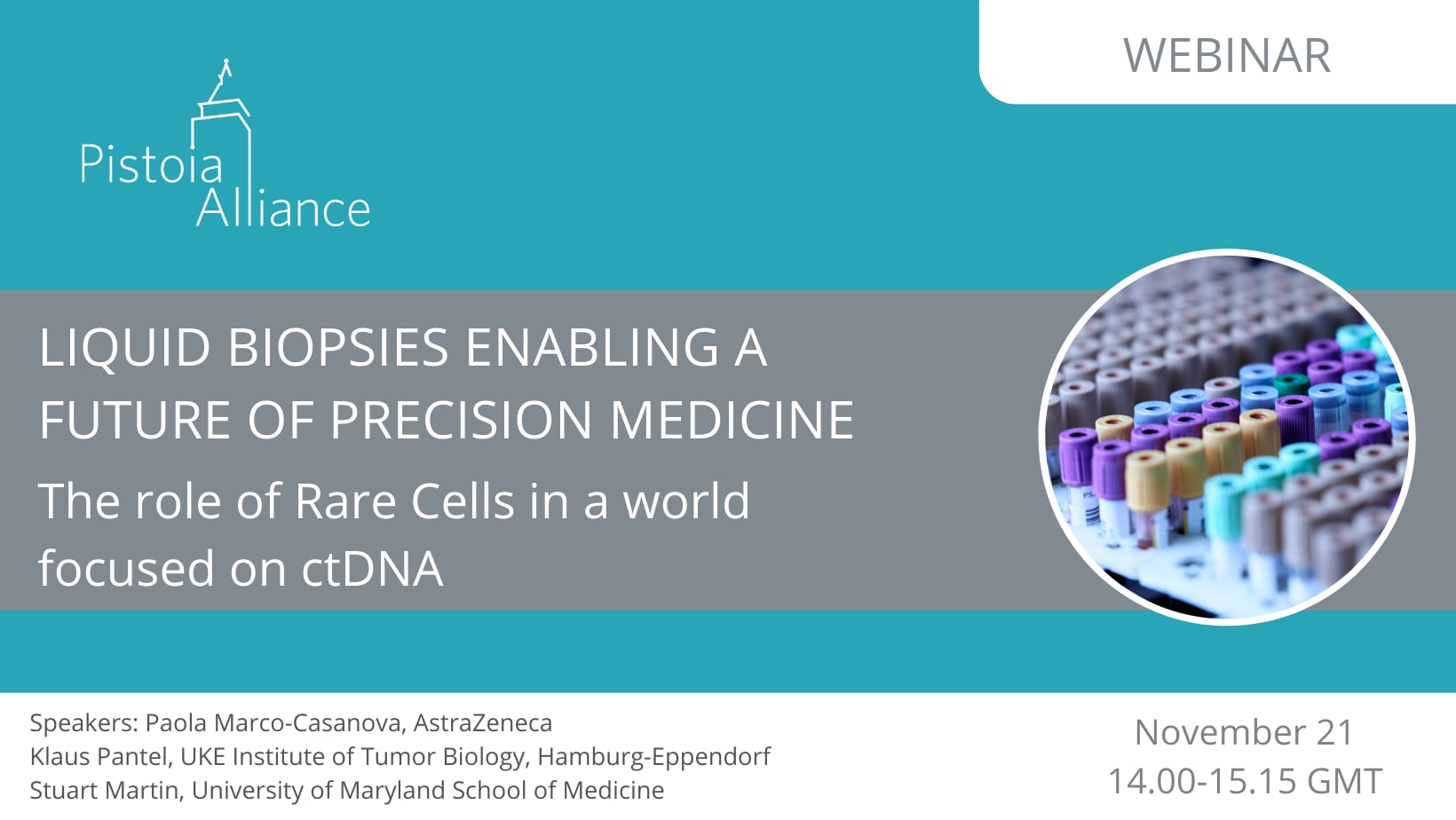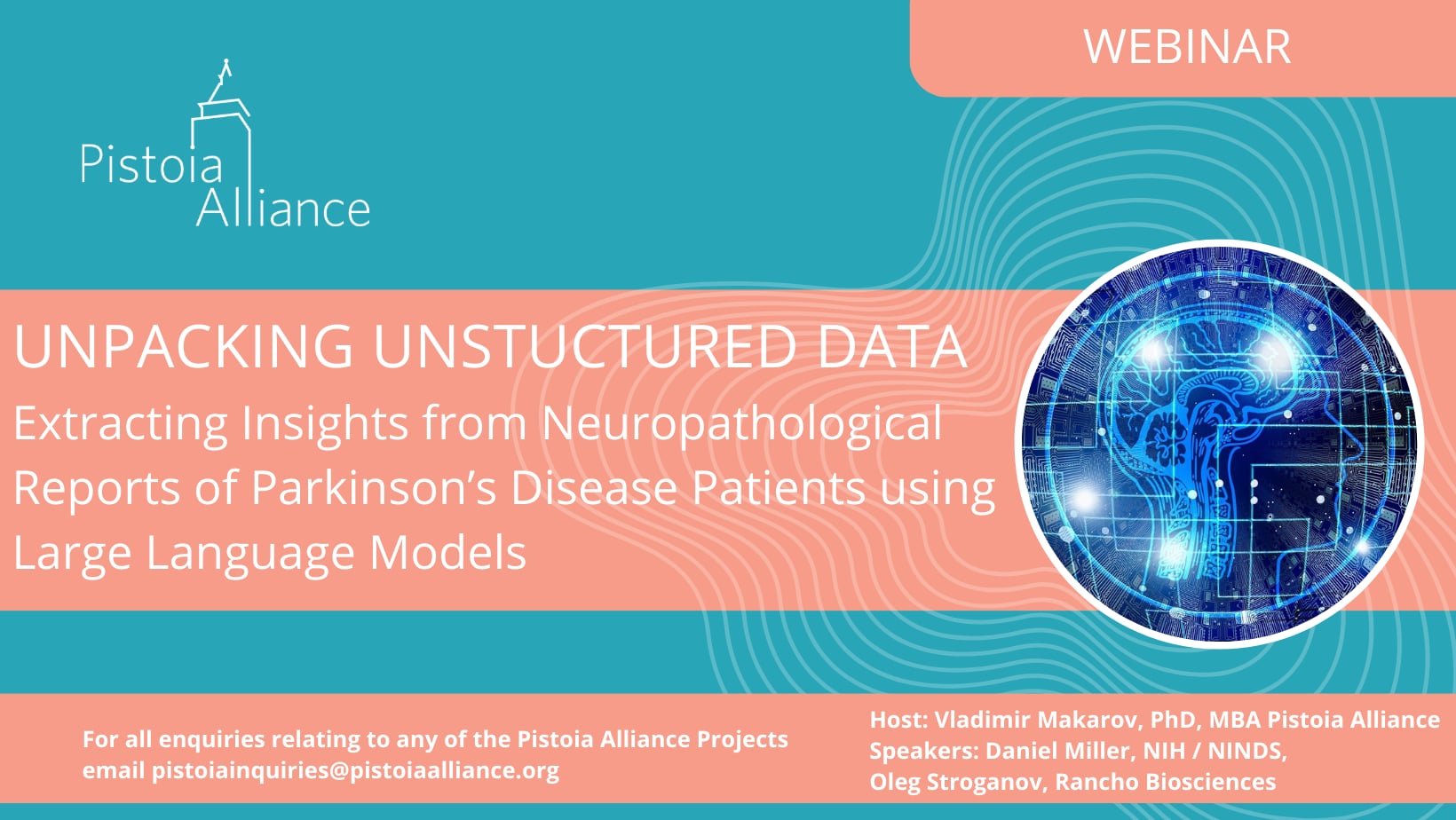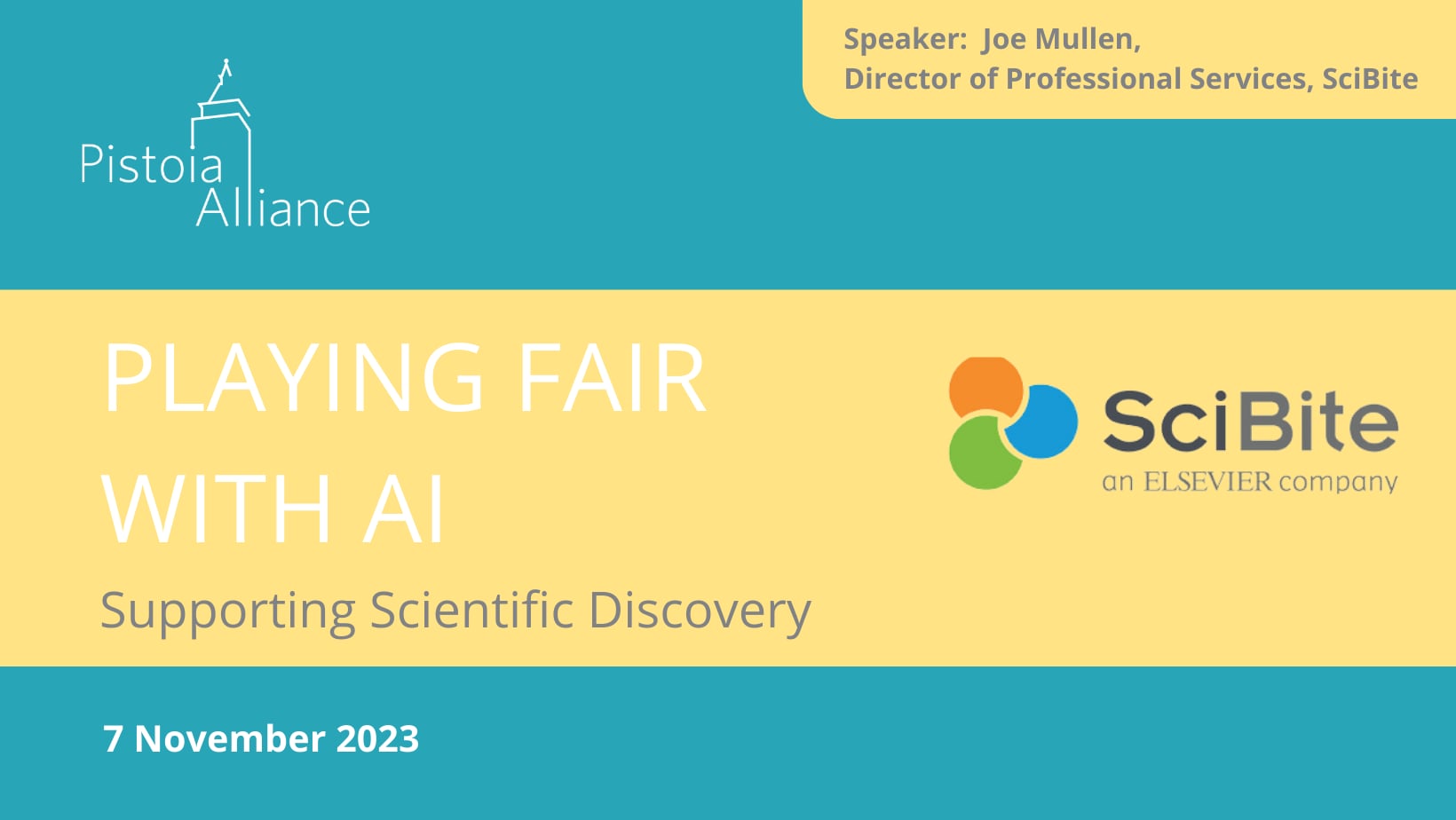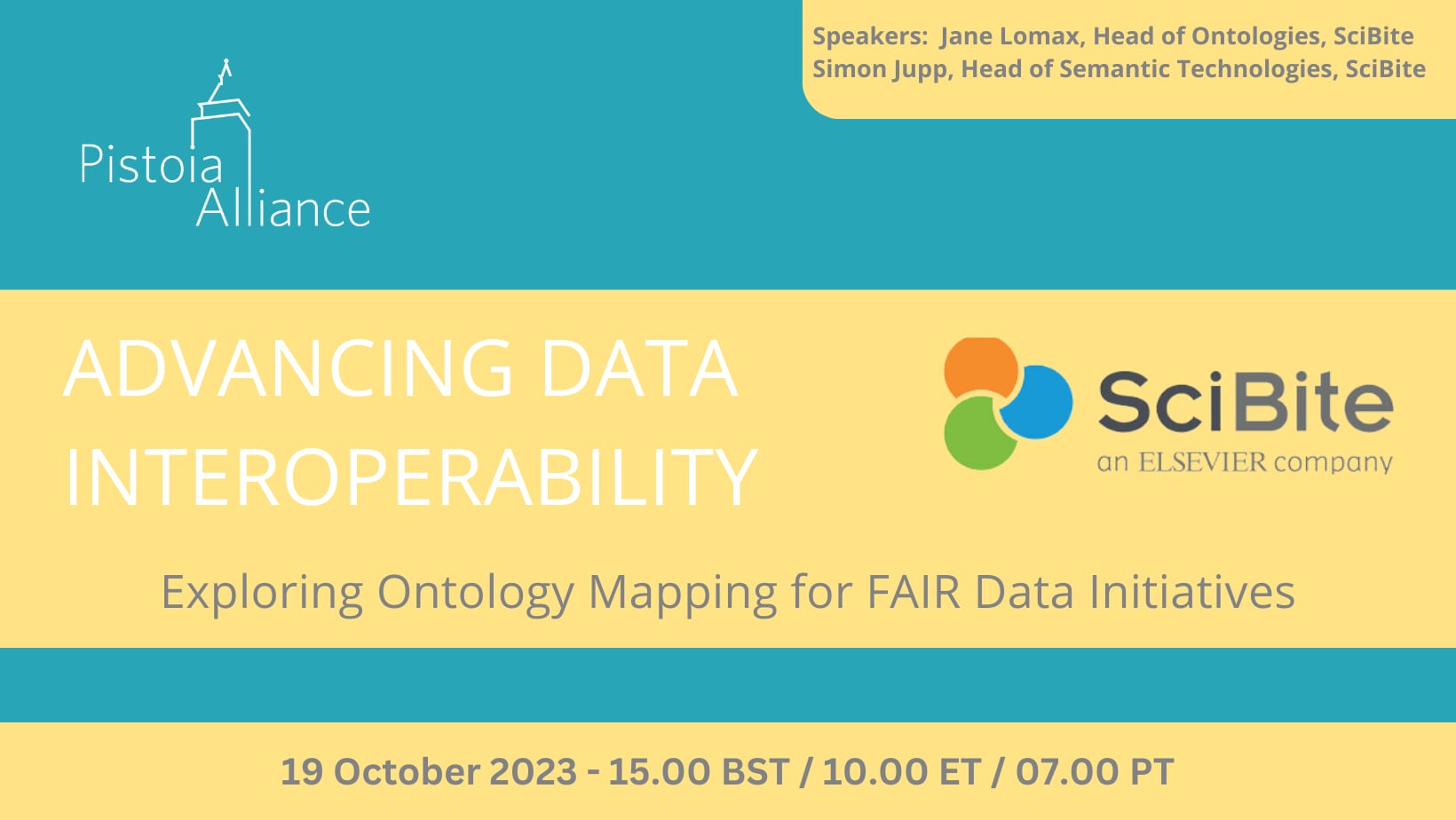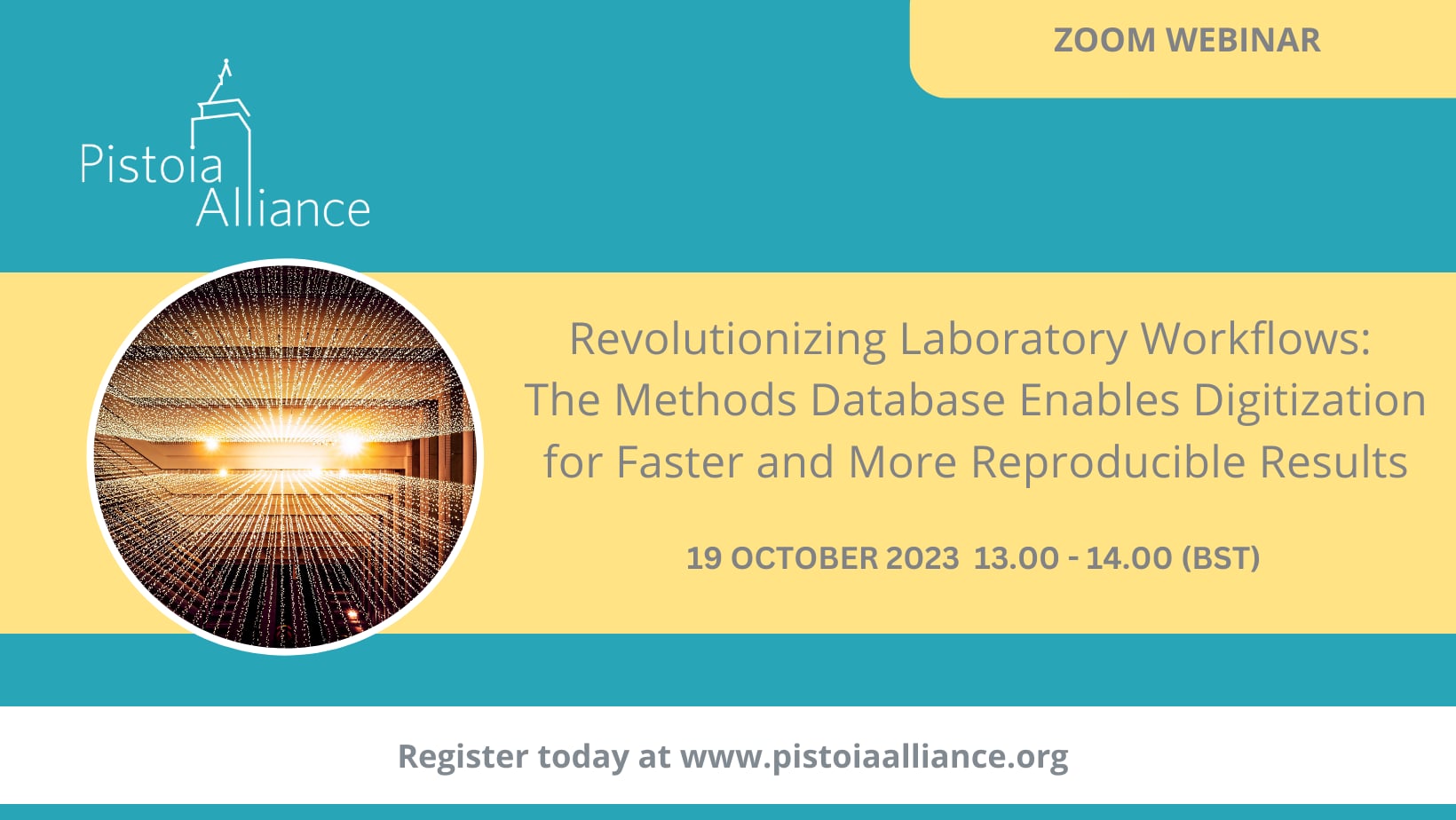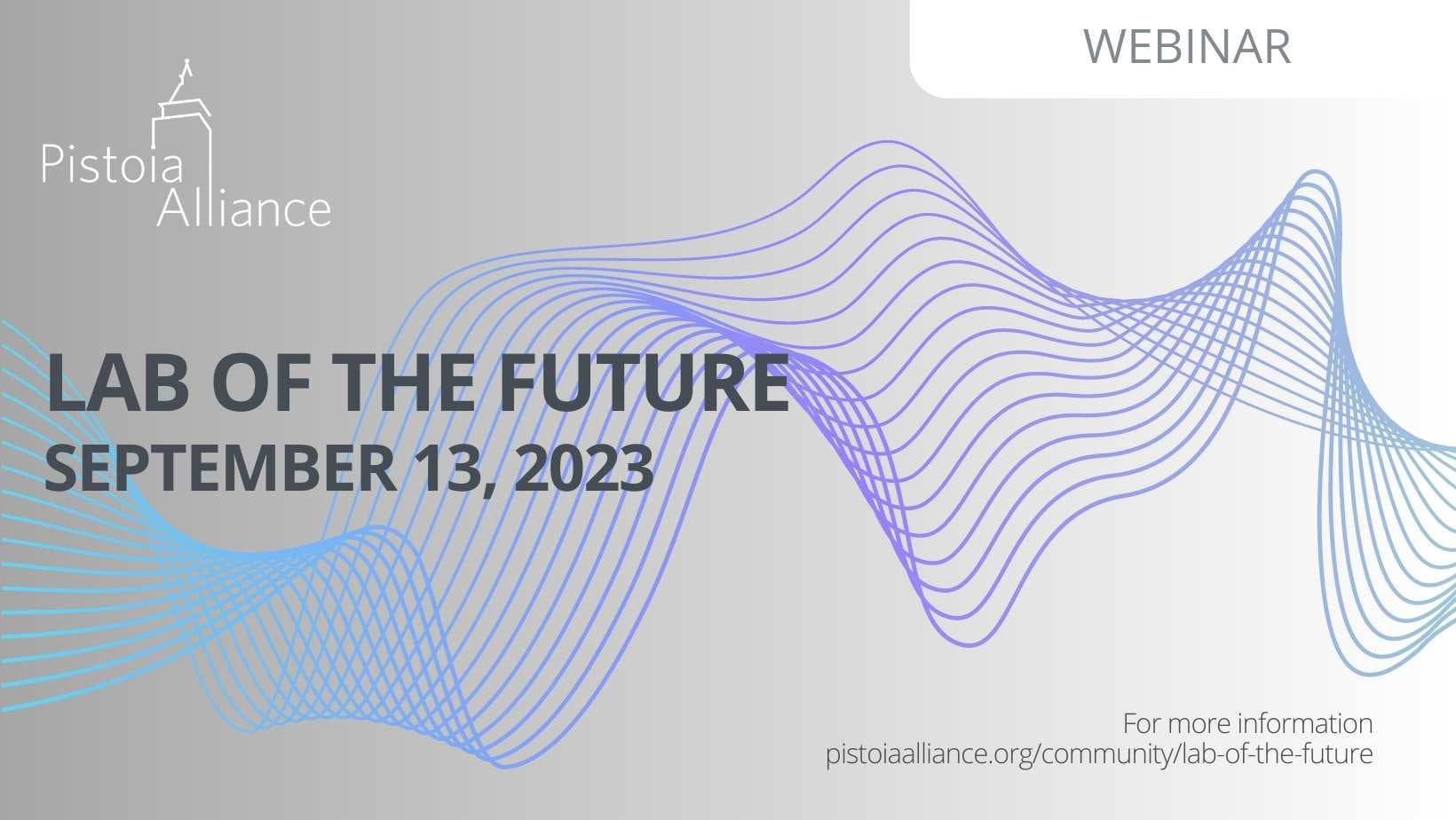Liquid biopsies can be used to detect early cancer recurrence, explore therapeutic resistance, and personalize treatment. In this seminar, we will explore three different perspectives to delve into the potential of ctDNA and rare cells in the context of an ever-increasing drive to personalize medicine:
We will explore the value of rare cells, discuss advances in single-cell techniques, touch upon the value of multi-omic analysis, and examine its relevance to the emerging interest in spatial biology.
AGENDA
CLINICAL PERSPECTIVE – Liquid Biopsy: A new diagnostic concept in oncology
The clinical utility of rare cells, an introduction to the biology and with a focus on patient impact and treatment – Prof Klaus Pantel, Director of the Center of Experimental Medicine, Institute of Tumour Biology, Germany
R&D PERSPECTIVE – Rapid phenotyping of CTC metastatic potential and drug response with TetherChip microfluidics.
Technical innovations in using CTCs for novel assays for anti metastatic drug discovery – Dr Stuart Martin, Professor at University of Maryland School of Medicine – Greenebaum Comprehensive Cancer Center, USA
PHARMA PERSPECTIVE
A biopharma perspective, examining the relevance of these analytes to a therapy development agenda. Paola Marco-Casanova, Associate Director, AstraZeneca, UK
Interactive Q&A session
